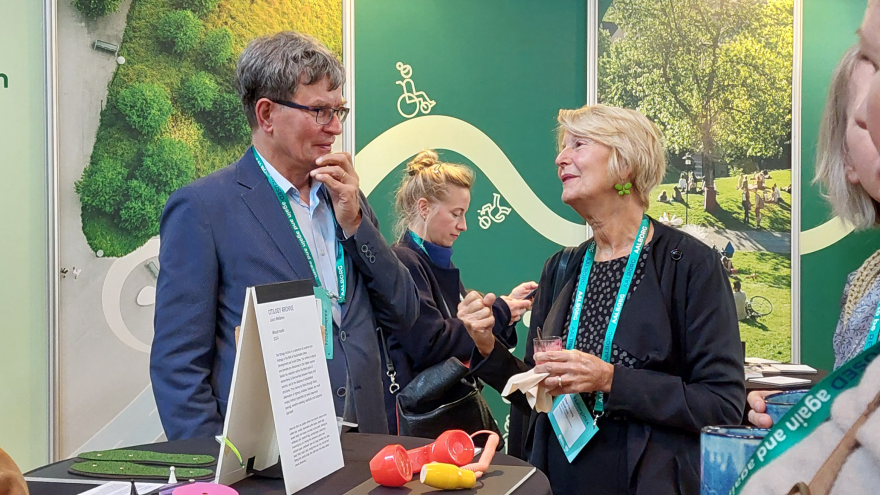How do we make our Nordic cities more sustainable? Four recently completed research projects have investigated this question, and their findings and recommendations are now summarised in a newly published synthesis essay.
This synthesis essay presents a reflective synthesis of the findings of the four research projects funded through the Nordic initiative on Sustainable Urban Development and Smart Cities between 2000 and 2024. Sustainable urban development is understood by this initiative to broadly address and solve the social, economic, and environmental challenges of cities by promoting quality of life, with the goal of making cities inclusive, safe, and resilient (UN Sustainable Development Goal 11).
The six recommendations are:
- Adopt a Holistic Approach to Smart Cities: Integrate social, ecological, and technological aspects
- Cultivate Collective Learning through ‘Technologies of Humility’: Foster a culture of governance that promotes collective learning and more equal relations between decision-makers, experts, and inhabitants
- Harness Digital Tools to Reach Diverse Groups: Use digital participatory tools such as Public Participation GIS (PPGIS) and interactive innovation platforms to include inhabitants in decisionmaking processes
- Contextualise and Adapt Participatory Methods: Adapt methods and tools to local conditions and clearly communicate the objectives, timeframes, and limitations of public participation
- Seek to Understand Diverse Standpoints: It is as important to understand the implications of green infrastructures for different groups as it is to emphasise their positive contributions to urban life and ecosystems
- A Nordic Platform for Public Participation? Establishing a platform for public participation in urban planning could be a possible step forwards in furthering dialogue among researchers, policymakers, and other stakeholders, as well as in advancing sustainable urban futures
Research in interaction with cities, municipalities and citizens
Ethel Forsberg has chaired the committee behind the initiative. She particularly emphasises that all four research projects have tested new techniques for gathering knowledge. All projects have actively collaborated with cities, municipalities and residents because it has been important for them to involve the people who are directly affected and live in the cities.

“The results from the four research projects have shown us several interesting things. For instance, that accessibility to green spaces in cities affects how much we move, which ultimately contributes to better public health. Secondly, urban green spaces are important meeting places between people and they contribute to safe travelling and thus become important democratic meeting places,” she says.
The knowledge that has emerged from the research projects is universally applicable and of interest to other cities outside the Nordic region. The many scientific publications from the projects make the results transferable, but Ethel Forsberg also emphasises that the Nordic Region has a lot to learn from other European cities.
“We have a tradition in the Nordic countries that outdoor recreation is important. We understand the value of having nature close to us and that it has health-promoting effects. Many people use cities to exercise, and many Nordic cities work strategically to ensure that citizens have access to green spaces.”






